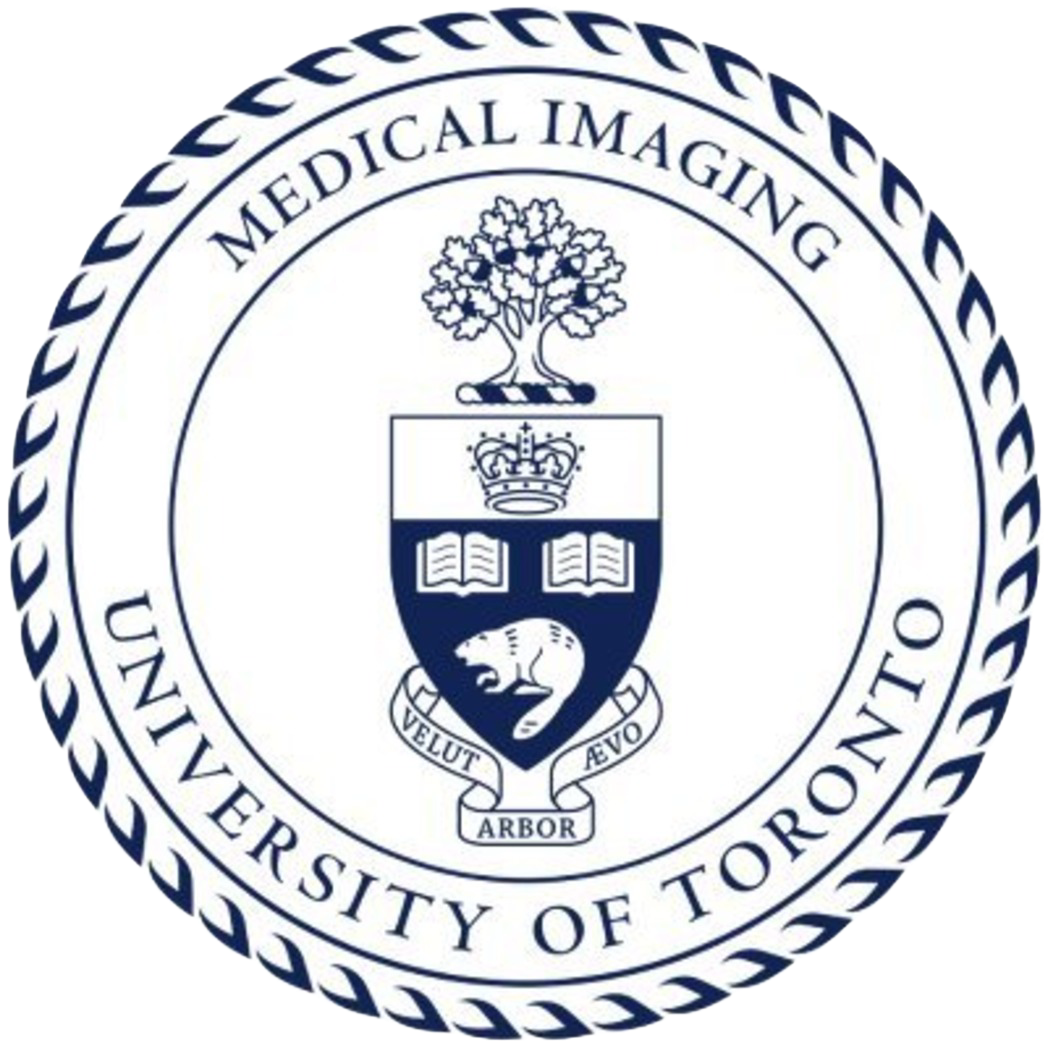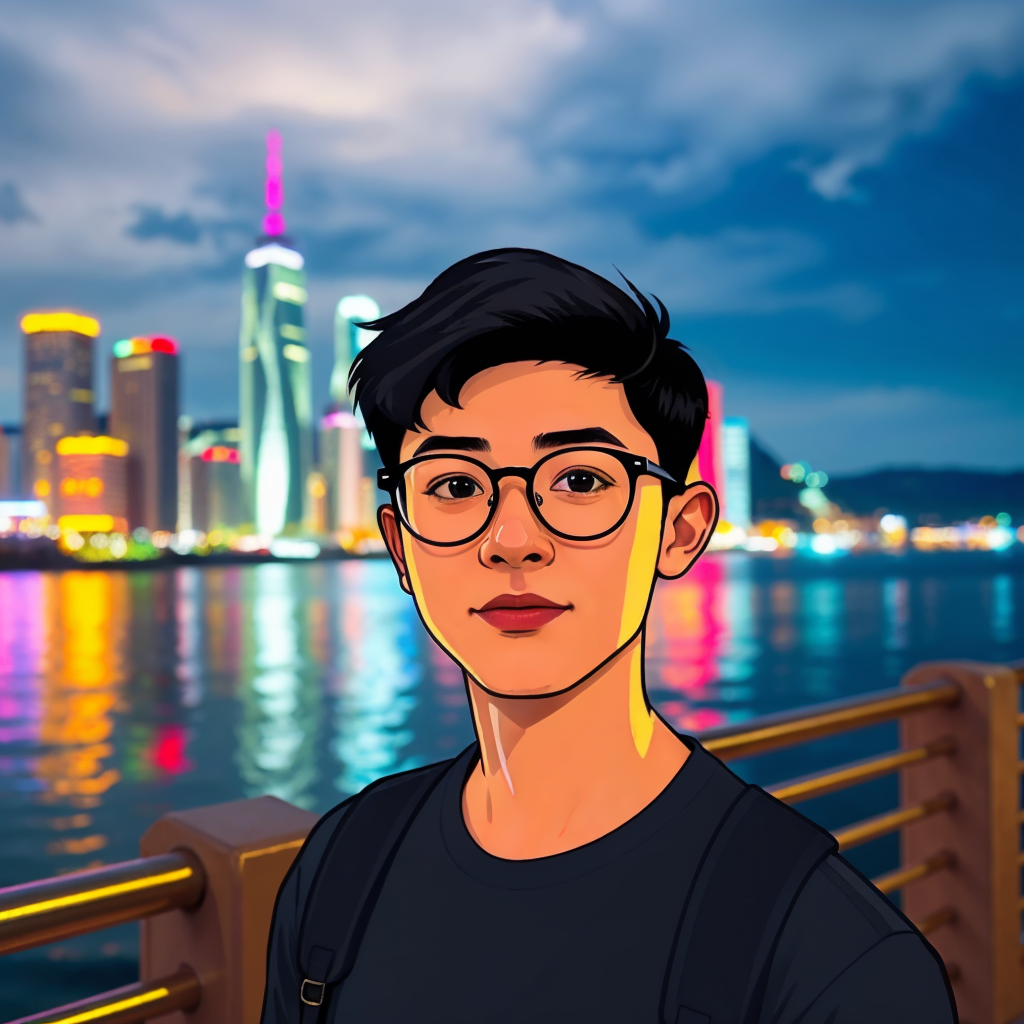
|
BiographyI am currently a Third-Year Ph.D. student (2024.01 - Now), working in Department of Medical Biophysics, University of Toronto, with Prof. Simon J. Graham and Prof. Mark Chiew. I am also affiliated with Physical Science Platform, Sunnybrook Research Institute. My work is about 3D Spatially Selective Excitation of Arbitrary Reduced FOV for Ultra High Resolution and Fast Reconstruction in anatomical magnetic resonance neuroimaging.I spent wonderful time at JHU Malone Center for Engineering in Healthcare with Dr. Swaroop S. Vedula, at Chinese University of Hong Kong (CUHK) with Dr. Qi Dou, and at Tianjin University with Dr. Xinan Sun. |
News
[2025/01/30] One paper abstract is accepted by
IGT × ImNO Joint Symposium 2025, and
selected as Pitch-and-Poster Presentation,
see you in Toronto!
[2024/08/05] SSCDM gets accepted by IEEE Transactions on Medical Imaging 2024 (Journal).
[2024/06/03] AutoSeg4Sinonasal gets accepted by Otolaryngology - Head and Neck Surgery 2024 (Journal).
[2024/04/10] AutoSeg4ETICA gets accepted by Otolaryngology - Head and Neck Surgery 2024 (Journal).
[2024/01/03] I join Simon Graham's Lab as a PhD student, and relocate to Sunnybrook Research Institute.
[2023/09/01] Start my PhD journey at Medical Biophysics, University of Toronto.
[2023/05/15] Graduate from JHU, thanks Prof. Taylor and Dr. Sahu for their supervision.
[2023/02/12] Get admission from Medical Biophysics, University of Toronto. See you in Toronto!
[2023/02/12] Start research assistant at CUHK with Dr. Qi Dou.
[2022/09/01] Start research assistant at Malone Health Center with Dr. Swaroop S. Vedula working on Surgical Video Analysis.
[2022/09/01] Start teaching assistant in 601.455/655 Computer Integrated Surgery (CIS I) instructed by Prof. Russell H. Taylor.
[2022/01/01] Start research assistant at LCSR with Prof. Russell H. Taylor working on Image-guided Surgery.
[2021/08/31] Enroll in MSE in Robotics program at JHU.
[2021/08/15] Graduate as honor student from University of Pittsburgh with B.Sc. in CS and ME. Congrats to myself!
[2021/03/15] Get admission from Johns Hopkins University. See you in Baltimore!
[2020/11/15] Obtain Honor Student and Dean's List Award from Swanson School of Engineering, University of Pittsburgh.
[2020/05/01] Receive Undergraduate Summer Research Scholarship from Swanson School of Engineering, University of Pittsburgh.
[2024/08/05] SSCDM gets accepted by IEEE Transactions on Medical Imaging 2024 (Journal).
[2024/06/03] AutoSeg4Sinonasal gets accepted by Otolaryngology - Head and Neck Surgery 2024 (Journal).
[2024/04/10] AutoSeg4ETICA gets accepted by Otolaryngology - Head and Neck Surgery 2024 (Journal).
[2024/01/03] I join Simon Graham's Lab as a PhD student, and relocate to Sunnybrook Research Institute.
[2023/09/01] Start my PhD journey at Medical Biophysics, University of Toronto.
[2023/05/15] Graduate from JHU, thanks Prof. Taylor and Dr. Sahu for their supervision.
[2023/02/12] Get admission from Medical Biophysics, University of Toronto. See you in Toronto!
[2023/02/12] Start research assistant at CUHK with Dr. Qi Dou.
[2022/09/01] Start research assistant at Malone Health Center with Dr. Swaroop S. Vedula working on Surgical Video Analysis.
[2022/09/01] Start teaching assistant in 601.455/655 Computer Integrated Surgery (CIS I) instructed by Prof. Russell H. Taylor.
[2022/01/01] Start research assistant at LCSR with Prof. Russell H. Taylor working on Image-guided Surgery.
[2021/08/31] Enroll in MSE in Robotics program at JHU.
[2021/08/15] Graduate as honor student from University of Pittsburgh with B.Sc. in CS and ME. Congrats to myself!
[2021/03/15] Get admission from Johns Hopkins University. See you in Baltimore!
[2020/11/15] Obtain Honor Student and Dean's List Award from Swanson School of Engineering, University of Pittsburgh.
[2020/05/01] Receive Undergraduate Summer Research Scholarship from Swanson School of Engineering, University of Pittsburgh.
Publications
Representative works are highlighted (*/† equal contribution, # corresponding author)


|
Self-Supervised Cyclic Diffeomorphic Mapping for Soft Tissue
Deformation Recovery in Robotic Surgery Scenes Shizhan Gong, Yonghao Long, Kai Chen, Jiaqi Liu, Yuliang Xiao, Alexis Cheng, Zerui Wang, Qi Dou
IEEE Transactions on Medical Imaging (TMI), 2024
Intro
Home
Paper
Code
Bibtex
|
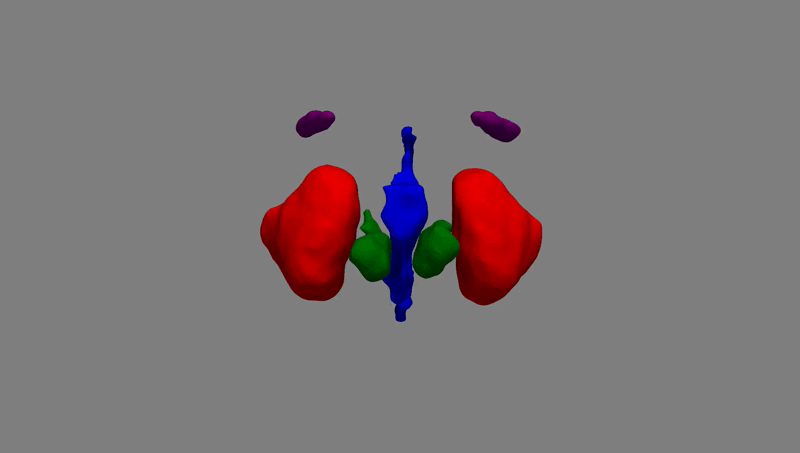

|
A Label-Efficient Framework for Automated Sinonasal CT
Segmentation in Image-Guided Surgery

Manish Sahu*, Yuliang Xiao*, Jose L. Porras, Ameen Amanian, Aseem Jain, Andrew Thamboo, Russell H. Taylor, Francis X. Creighton, Masaru Ishii (* equal contribution)
Otolaryngology - Head and Neck Surgery, 2024
Intro
Home
Paper
Code
Bibtex
|
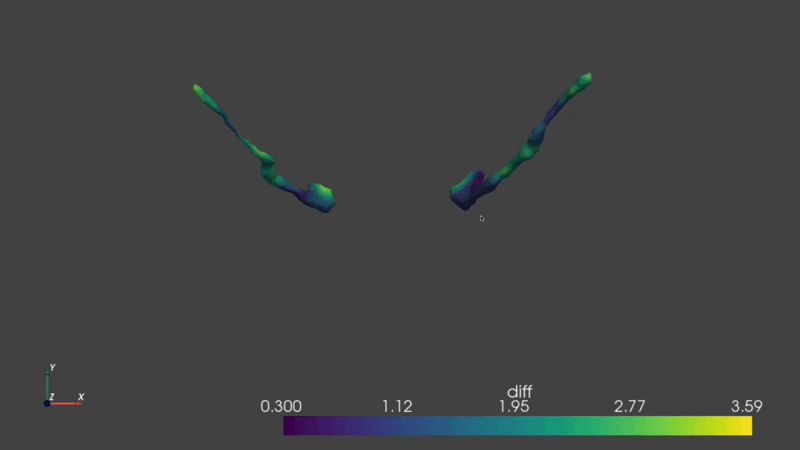

|
A Deep Learning Framework for Analysis of the Eustachian Tube
and the Internal Carotid Artery

Ameen Amanian, Aseem Jain, Yuliang Xiao, Chanha Kim, Andy S. Ding, Manish Sahu, Russell H. Taylor, Mathias Unberath, Bryan K. Ward, Deepa Galaiya, Masaru Ishii, Francis X. Creighton
Otolaryngology - Head and Neck Surgery, 2024
Intro
Home
Paper
Code
Bibtex
|
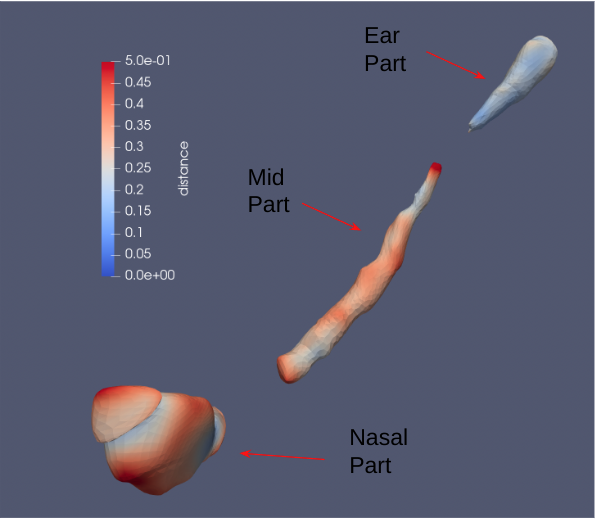
|
Statistical Shape Model of the Eustachian Tube for
Understanding and Managing Eustachian Tube Dysfunction
Ameen Amanian*, Yuliang Xiao*, Zhiwei Gong, Manish Sahu, Brian Westerberg, Francis X. Creighton (* equal contribution)
Combined Otolaryngology Spring Meetings, 2023
(Oral)
Intro
Paper
Bibtex
|
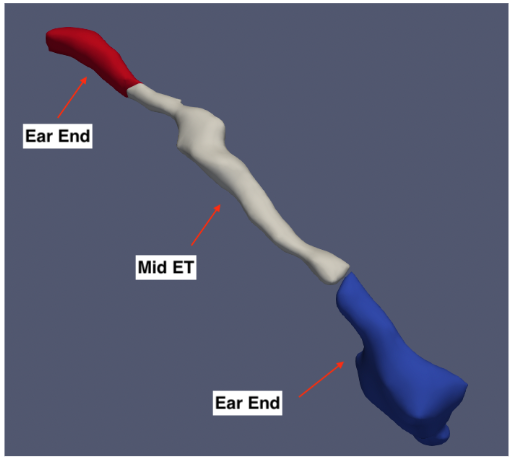
|
Automated Segmentation of the Eustachian Tube for Applications
in the Management of Eustachian Tube Dysfunction - A Deep
Learning Framework
Ameen Amanian*, Yuliang Xiao*, Zhiwei Gong, Deepa Galaiya, Russell H. Taylor, Mathias Unberath, Manish Sahu, Francis X. Creighton (* equal contribution)
Conference on Machine Intelligence in Medical Imaging, 2022
(Oral)
Intro
Paper
Bibtex
|
Academic Service
-
MRI Physics & Medicine:
- Conference Reviewer: ISMRM
-
Medical Imaging Analysis:
- Conference Reviewer: CMIMI, COSM
- Journal Reviewer: TMI
-
Robotics:
- Journal Reviewer: RA-L
This page is adapted from
Yuliang Xiu and last updated on
